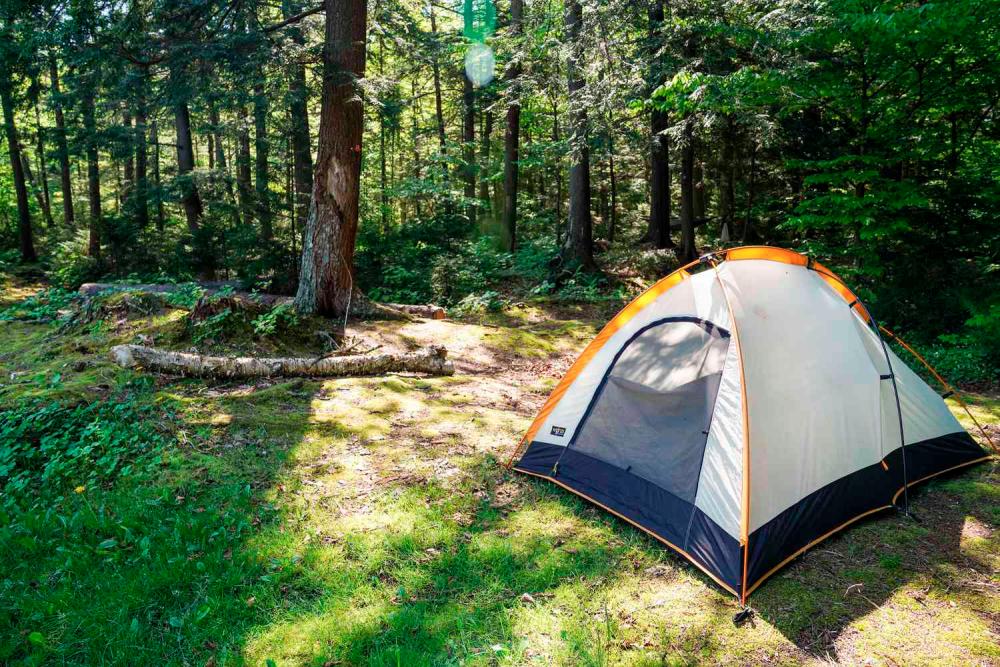CHOOSING the right camping tent can enhance your outdoor experience, offering an optimal space for rest, relaxation, gear storage, and weather protection. Whether you enjoy, beachside lounging, mountain scaling or campfire gatherings at a recreational campground, there is a tent designed for you.
While tent design has evolved significantly in recent decades, there are various types available. In this context, we will focus on four fundamental tents that see widespread use: Dome, teepee, pop-up and cabin.
Understanding these tent types is crucial, as some are better suited for specific camping scenarios. For instance, certain shapes of tents may better withstand adverse weather conditions, while others provide more interior space for larger families.
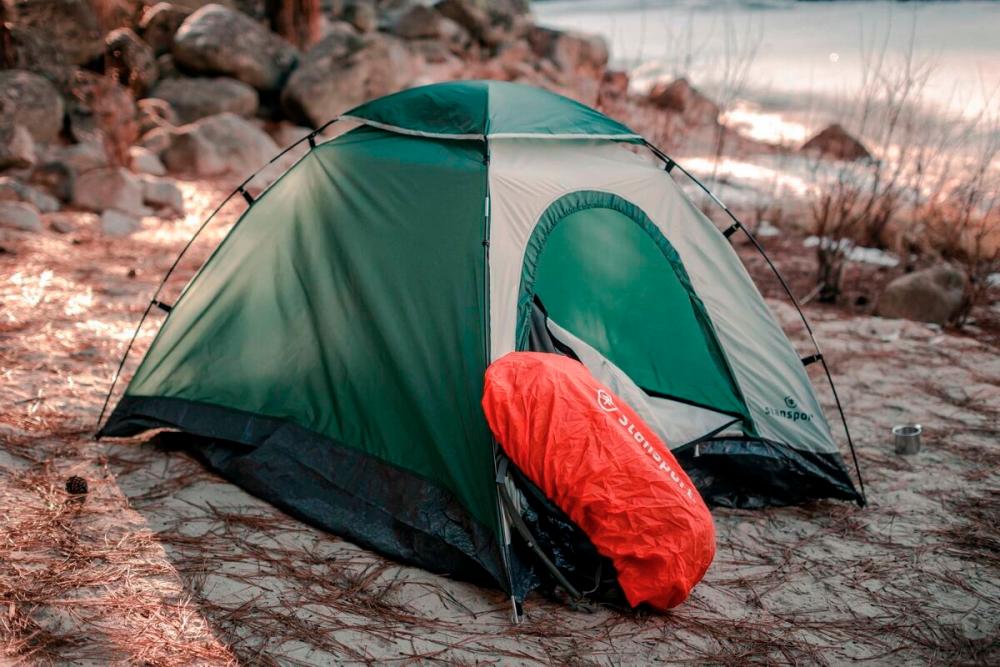
Dome tent is most commonly used. – ALI
Dome tent (versatility)
Let’s begin with the dome tent. This tent design is the most prevalent today, featuring two flexible tent poles crossing in the centre and anchored to the tent’s corners with stakes, creating a distinctive dome shape. Dome tents are available in various sizes, accommodating solo campers up to families of eight, and suitable for almost everywhere.
The dome shape allows wind to pass over the tent effortlessly, and water tends to run off instead of pooling on the top, making them excellent for uncertain weather.
Dome tents are appreciated for their lighter weight, potential for ample headroom based on the floor area, and ease of pitching. Many dome tents include vestibules (sheltered areas around the tent doors provided by the rain fly) for gear storage, although it’s not a feature in all dome tents. One drawback is their susceptibility to catching the wind and being flattened or blown away.
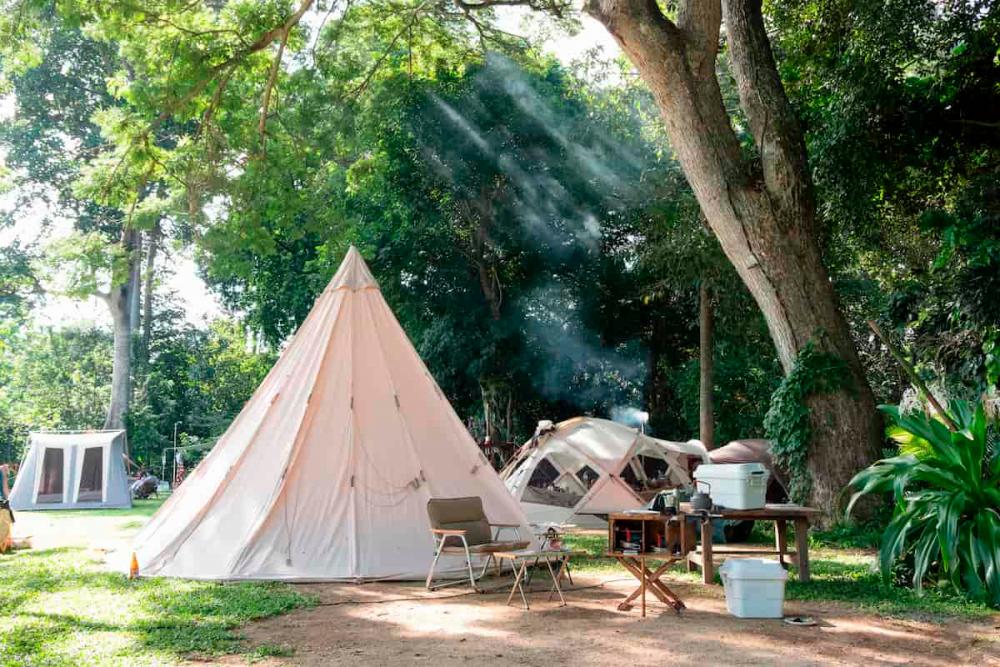
Teepee / pyramid tents (minimalist)
Now, let’s delve into the teepee, also known as tipi or, more conveniently, a pyramid tent. This tent style represents the original canvas tent, often made from cotton. It’s sometimes called a bell tent, featuring a high peak height and requiring only a single central pole for pitching.
Historically, teepee tents were bulky, but contemporary models have evolved to be lightweight, resembling a minimalist tarp-style setup. While these tents offer ample headspace due to their high pitching point (where the pole meets the tent, creating the peak), setting them up can be challenging.
Despite the ultralight benefits of backpacking, pyramid tents may not be as practical due to the centre pole creating an awkward sleeping area. The sloping walls limit interior space, and the tents can be unstable, often requiring numerous guylines. Nevertheless, their visually appealing design and colours make them Instagram-worthy.
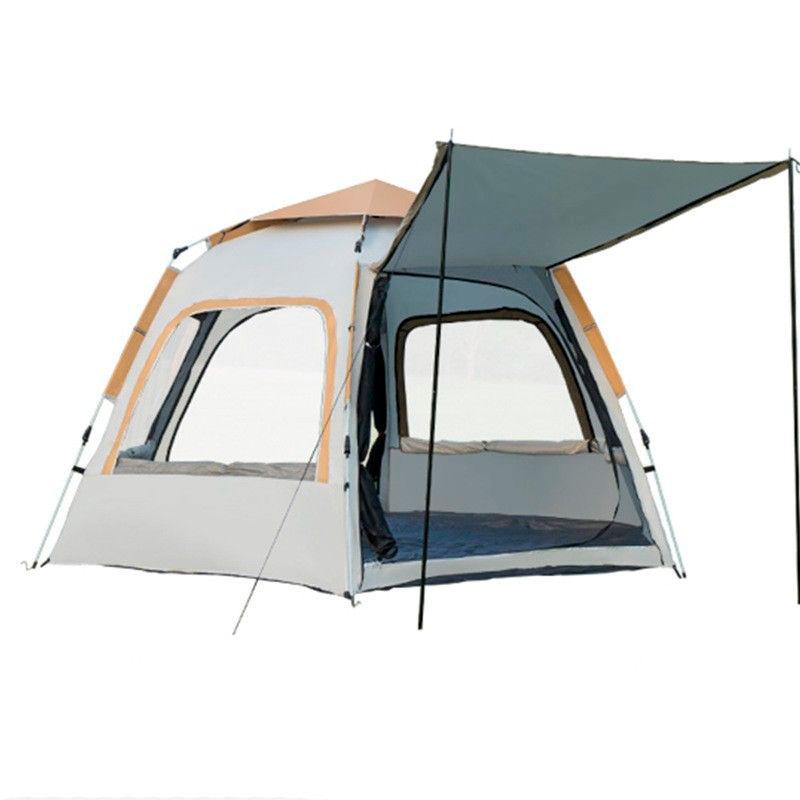
Pop-up tents, also known as “instant” tents, make camping much simpler. – ALI
Pop-up tent (convenient)
Pop-up tents, also known as ‘instant’ tents, are a fairly new innovation designed for easy and quick setup. These tents are spring-loaded, allowing them to pop into shape within a few seconds. The assembly process is minimal, usually involving only anchoring the tent to the ground. The convenience of instant tents makes them well-suited for lightweight and hassle-free camping, offering a quick solution for outdoor relaxation.
However, it’s important to keep in mind that instant tents may not offer the same level of durability and weather resistance as more robust tent designs. To address potential water exposure, users can use a waterproof tarp draped over the tent. These tents are particularly popular for recreational or car-camping activities where proximity to a vehicle or building allows for easy access to better shelter in case of adverse weather conditions.
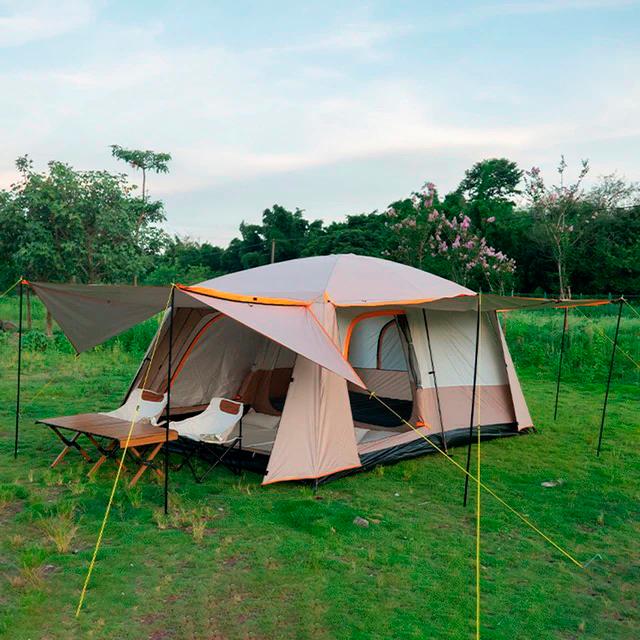
Cabin tents (family-friendly)
Cabin tents are well-suited for families, offering spacious interiors and multi-room layouts. These tents are most suitable for recreational campsites where you can conveniently drive up, unpack, and set up the tent. Due to their size and weight, cabin tents may not be as practical for backpacking or carrying over long distances.
The size and complexity of cabin tents vary, allowing you to choose one that aligns with your needs and camping experience. Cabin tents are ideal for families or groups of four or more people camping for a long time and wanting home comforts. With multiple rooms and screened-in or covered porches, cabin tents are popular recreational camping tents.
However, it’s essential to note that cabin tents come with downsides. They are large and bulky, limiting where you can pitch them. Setting up can be challenging, often requiring multiple people, and they are not freestanding, necessitating careful staking with guylines. Bringing a hammer for securing guylines is often advisable.



